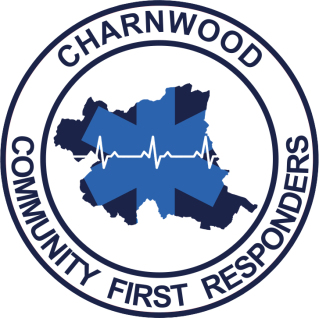How to perform CPR
CPR
This page provides information and guidance about hands-only cardiopulmonary resuscitation (CPR) and CPR with rescue breaths.
If you come accoss an unresponsive person it is important to act quickly. Firstly you need to establish if the person is breathing. To do this you must kneel at the side of the person placing a hand on the centre of the upper chest, whilst placing your ear close to their mouth and nose. Your are now looking for any rise and fall of the chest along with feeling for any breath on your cheek area. If you cannot see or feel the person breathing it is important to act quickly.
Hands only CPR (the person needs to be on a hard surface such as the floor, a bed may not allow for effective cpr)
- Place the heel of your hand on the breastbone at the centre of the person's chest. Place your other hand on top of your first hand interlocking your fingers.
- Position yourself with your shoulders above your hands.
- Useing your body weight (not just your arms), press straight down by 5-6cm (2-2.5 inches) on their chest.
- Keeping your hands on their chest, release the compression and allow the chest to retuen to its original position.
- Repeat these compressions at a rate of 100 to 120 times per minute until an ambulance arrives or you become exhausted.
When you call for an ambulance, telephone systems now exist that can give basic life-saving instructions, including advice about CPR. These are now common and are easily accesible with mobile phones.
CPR with rescue breaths
If you've been trained in CPR, including rescue breaths, and feel confident using your skills, you should give chest compressions with rescue breaths. If you're not completely confident, attempt hands-only CPR insread (see above)
Adults
- Place the heel of your hand on the centre of the person's chest, then place the other hand on top of your first hand interlocking your fingers.
- Position yourself with your shoulders above your hands.
- Using your body weight (not just your arms), press stright down by 5-6cm (2-2.5 inches) on their chest.
- Press down at a rate of 100 to 120 compressions per minute
- After 30 chest compressions, give two rescue breaths, as follows
- Tilt the casualty's head gentle and lift the chin up with two fingers. Pinch the person's nose. Seal your mouth over their mouh and blow steadily and firmly into their mouth for about one second. Check that their chest rises by looking down the chest as you blow in to their mouth.
- Continue with cycles of 30 chest compressions and two rescue breaths until they begin to recover or emergency help arrives.
Children over one year old
- Open the child's airway by placing one hand on the child's forehead and gently tilting their head back and lifting the chin. Remove any visible obstruction from the mouth and nose. Do this with care so as not to push any object further in to the airway.
- Pinch their nose. Seal your mouth over their mouth and blow steadily and firmly into their mouth, checking that their chest rises. Give five initial rescue breaths
- Place the heel of one hand on the centre of their chest and push down by 5cm (about two inches),which is approximately one-third of the chest diameter. The quality (depth) of chest compressions is very important. Use two hands if you can't achieve a depth of 5cm using one hand.
- After every 30 chest compressions at a rate of 100 to 120 per minute, give two rescue breaths.
- Continue with cycles of 30 compressions and two rescue breaths until they beging to recover or emergency help arrives.
Remeber, any help is help. There is no such thing as bad CPR. to give a person the best chance of a good outcome CPR must begin at the earliest opportunity
If you are with other people, ask someone to call 999, who will locate your nearest public defibrillator.


